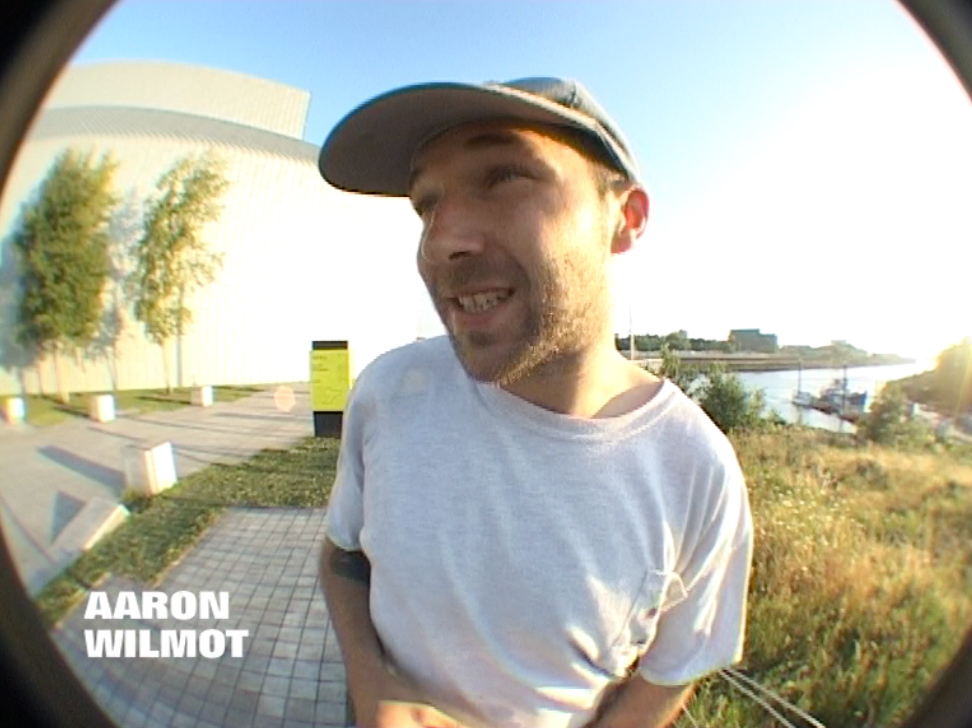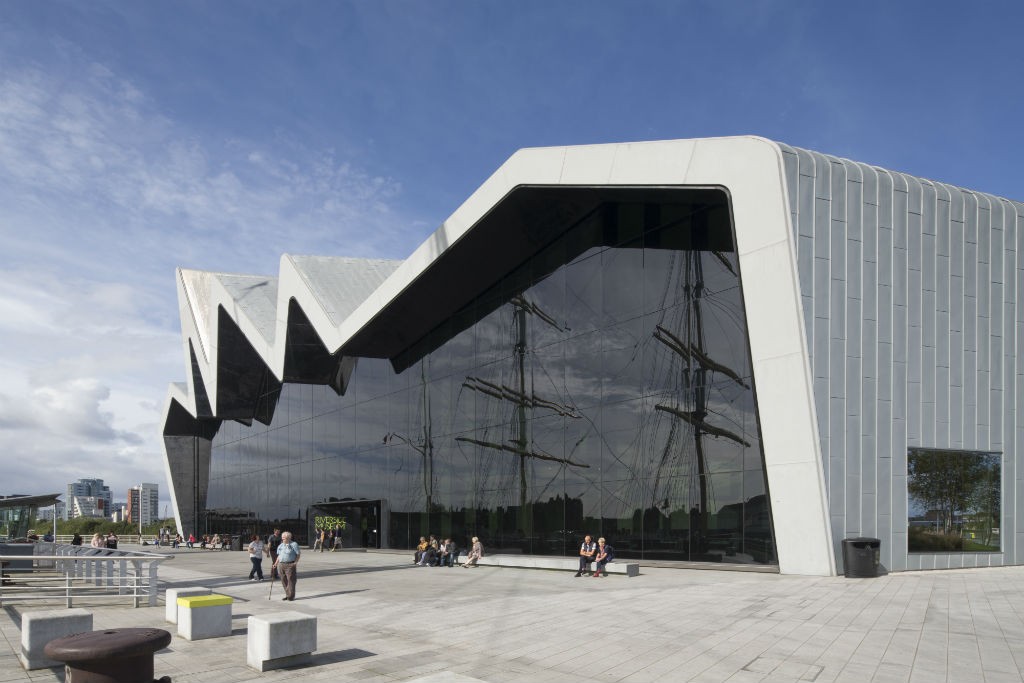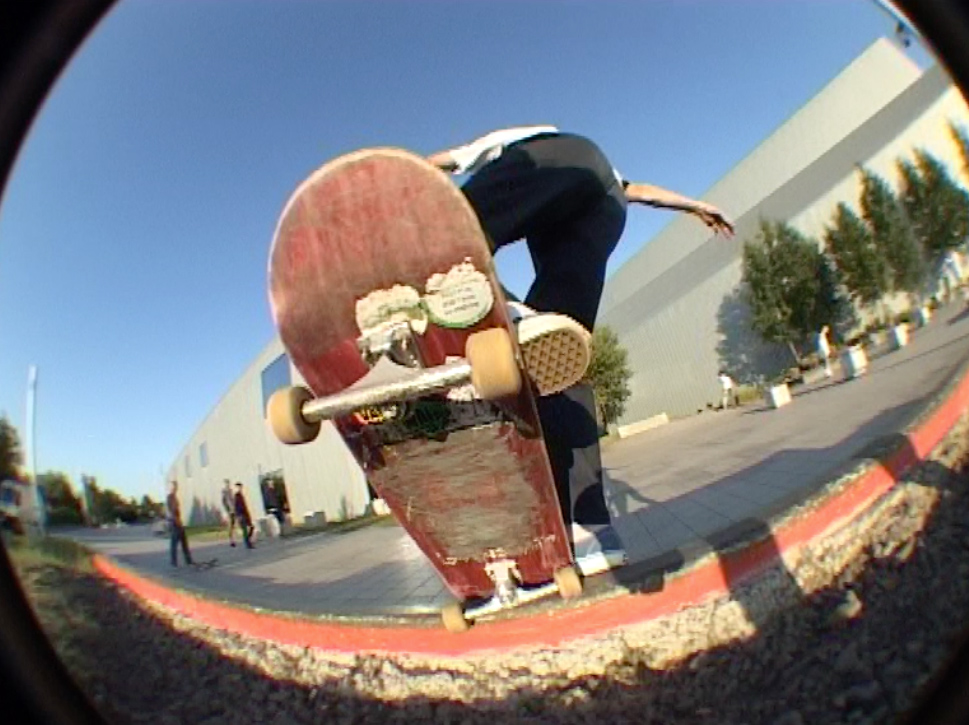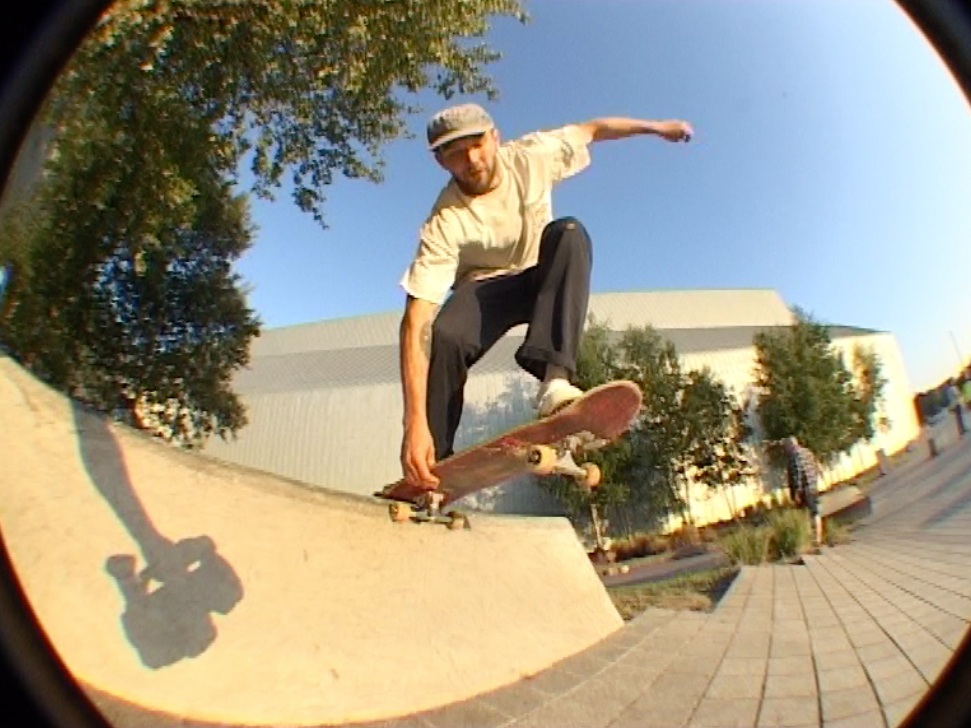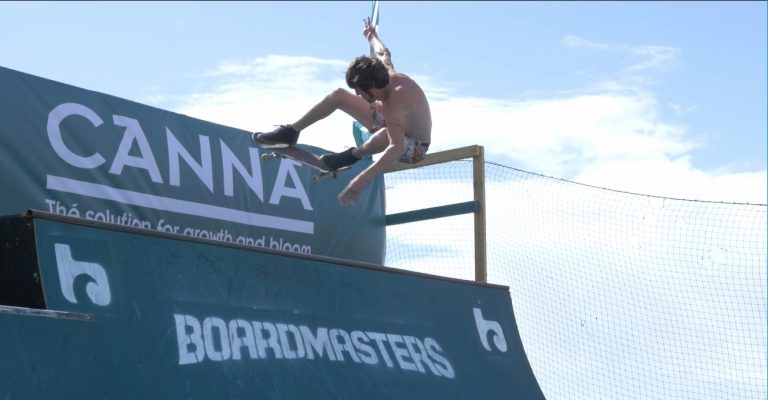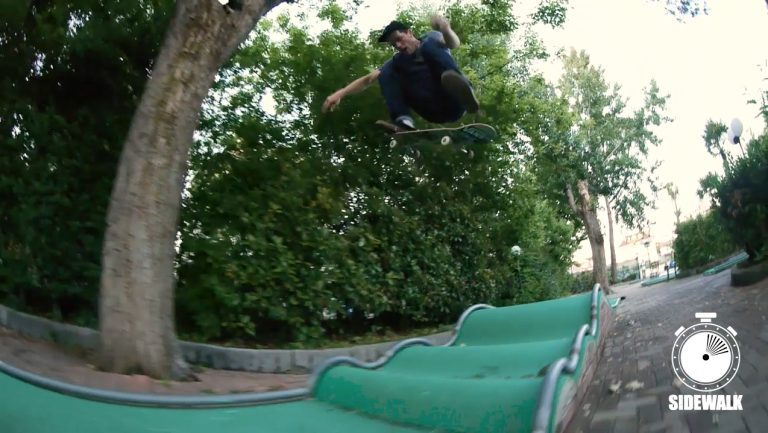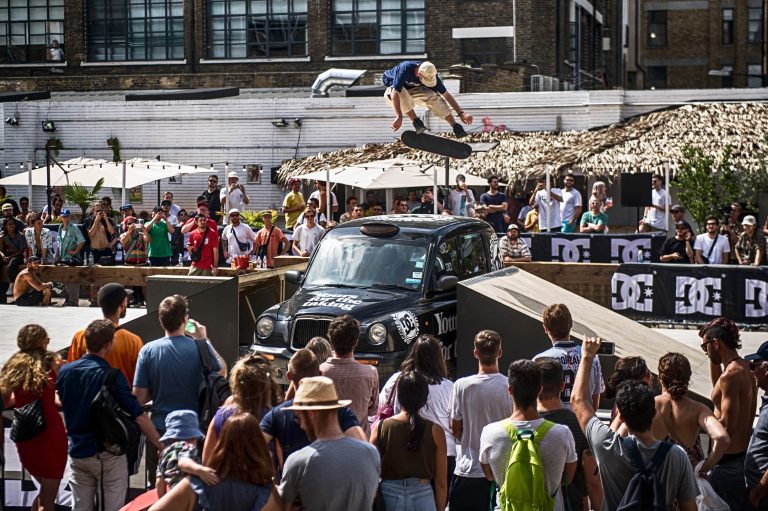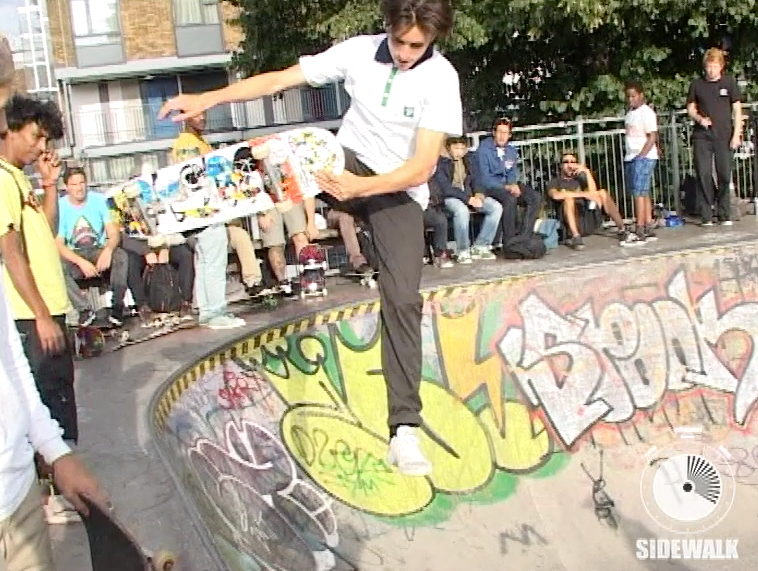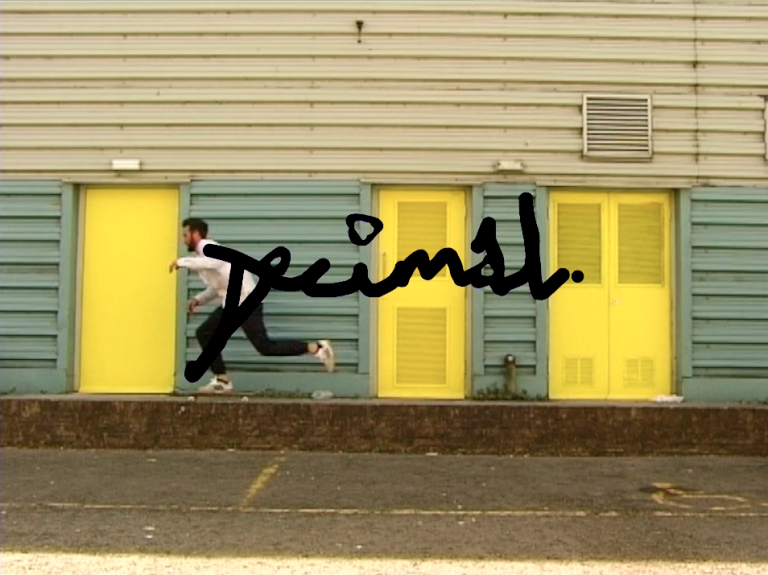
Given that the skate-friendly plaza area around the back of the Transport Museum Glasgow pops up on Instagram fairly frequently, I also figured that I’d take this opportunity to speak to one of the people involved in getting it built, (namely long-time friend and Glasgow-based artist Toby Paterson).
After the session above, talk turned towards the fact that there had never been any published info on the back story behind the construction of this space, so, if you’re interested, read on below.
Transport Museum Glasgow (or to give the place its official title ‘The Riverside Museum of Transport and Travel‘) is, as the name suggests, a museum dedicated to all things related to transport and sits on the north bank of the River Clyde.
It has embraced skateboarding since its inception with an exhibit inside featuring a Colin Kennedy Blueprint board (the Margaret Macdonald Mackintosh stained glass one), one of Colin’s Sidewalk covers, some vintage Clan Skates gear and a short video piece with Colin Kennedy and Clan Skates owner Jamie Blair discussing the history of skateboarding in Scotland’s largest city.
Indeed, the museum’s own website mentions skateboarding in the first sentence of copy on its front-page, so it seems to be very much in tune with the ethos of the institution that it has ended up hosting one of Glasgow’s first officially-sanctioned skateboard-friendly spaces.

As Toby pointed out, the building itself was designed by Iraqi-born architect Zaha Hadid whose work seems to have something of an affinity with skateboarding, (whether officially or not) as many of her projects seem to, at least tacitly, offer opportunities for reinterpretation.
(Go and have a look at the first Google Image returns for ‘Zaha Hadid buildings‘ if you’re intrigued by that.)
From the outset, the Riverside Museum unofficially sanctioned skateboarding on the ledges out the front of the original construction via an unspoken agreement that people would only skate there after the place was closed. This unofficial system worked to a degree but inevitably, some of the younger wheeled youth, unaware of the etiquette, tended to congregate at the entrance during opening hours, which meant in turn that the museum began to try and think of ways to draw attention away from the front of the building.
Happily, as part of their community-remit, they also had an events budget, which had been used previously to fund the staging of weekend skate/BMX events whereby temporary ramps would be erected on the space in front of the building. Sometime early in 2017, the museum staff contacted Jamie Blair to see if there was a way to spend this events budget on building something more permanent that would simultaneously offer provision for skate/BMX/etc, whilst drawing attention away from the front entrance.
This is where Toby, (along with Ray Dower, Angus McPhee and Neil Davison) came into the picture. That group, (along with various other older Glasgow heads) had already been working for the last five years on a large-scale skateboard provision project, utilising space under the M74 motorway.

